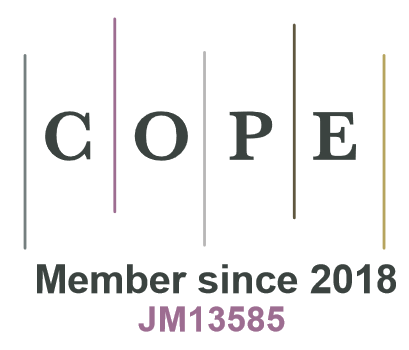Articles containing the keyword 'plant physiology'
Category : Article
The paper introduces different ways plant physiology research can avail the process of tree improvement. The breeding of tree cultivars that efficiently produce a particular wood product or amenity will be an important aspect of forest management. What physiologist can provide to breeders and genetic engineers is the opportunity to move their work from empirical level towards a more theoretical level, and help to make breeding more predictable and more precise in its objectives. The areas of research discussed in the paper are biotechnology, flowering, selection criteria, adaptability and application of ideotypes.
This article is an abstract from a lecture given in Helsinki on 2.12.1970. Physiological differences in different parts of developing primordia of micro- and macrostrobiles are manifested in the ultrastructure of the cell tissues. In electron microscopy, the study off metabolic activities can be combined with the anatomical examination of the flower primordia.
The generative cells of Scots pine (Pinus sylvestris L.) and Norway spruce (Picea abies (L.) H. Karst.) develop under the strong metabolic activity of surrounding layers of cells. Simultaneously the activity and development of the organelles in generative cells becomes hindered, and these inhibitions will exist until the fertilization. It can be concluded that the higher the gradient of sexualization of the cells in different parts of flower primordia, the weaker the metabolic activity in these cells.
The PDF includes a summary in English.


